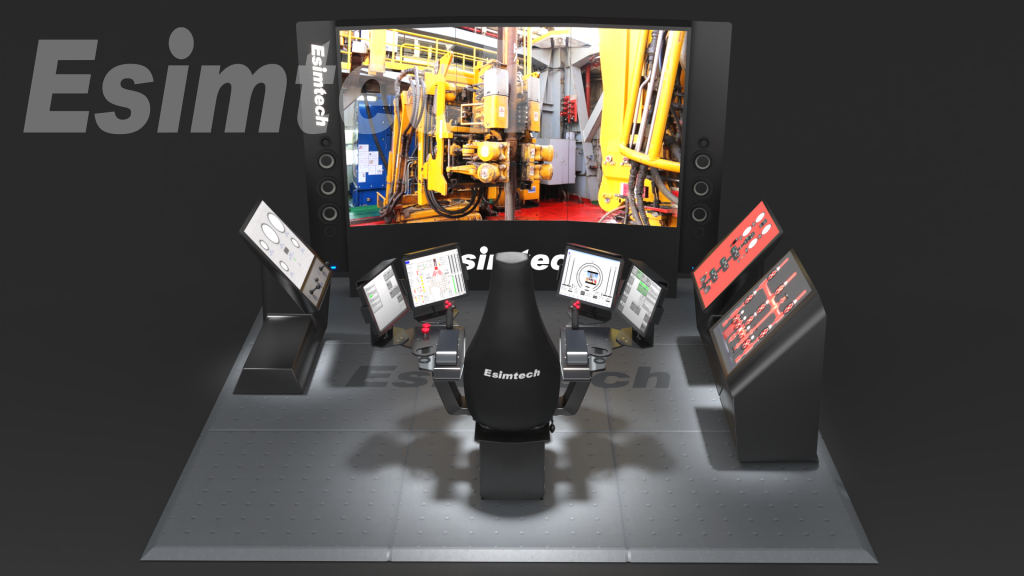A petroleum simulation training system is a computer-based tool used to train employees in the petroleum industry on various scenarios that they may meet on the job. The system simulates a number of situations, including drilling, reservoir management, production operations, and refining, allowing trainees to practice their skills in a safe and regulated environment.

Advantages Of Petroleum Simulation Training System
A petroleum simulation training system is typically composed of a computer program that uses complex algorithms to model various physical and chemical processes that occur in the petroleum industry. The system is interacted with by the learner through a graphical user interface that depicts a simulated petroleum activity. Real-world scenarios including as drilling, well completion, reservoir management, production operations, and refining are simulated using advanced modeling and simulation approaches. To see how the system responds, the student can experiment with various factors such as flow rates, pressure, temperature, and chemical composition. He or she can also practice making decisions under various scenarios, learn how to detect and fix difficulties, and receive hands-on experience in a risk-free setting.
Using a petroleum simulation training system, trainees can gain hands-on experience and a better knowledge of the complicated processes involved in the petroleum industry. They can practice making judgments in various situations and learn how to solve potential challenges. This type of training has the potential to increase safety, reduce costs, and increase efficiency in the petroleum industry.

Petroleum Simulation Training System Used For Emergency Exercise
Simulation training systems are frequently used in the petroleum industry to train new employees, develop the abilities of experienced personnel, and test emergency response methods and equipment. Simulators can help improve safety, reduce expenses, and increase efficiency by providing a platform for continuing learning and improvement in emergency response planning and execution.
The emergency exercise simulator is a simulated environment in which trainees can practice emergency response skills and build experience in a controlled and safe environment. Using advanced modeling and simulation techniques, the simulator mimics the physical and chemical processes that occur during emergency scenarios, such as the spread of fire, the discharge of hazardous materials, and the reaction of various emergency systems.

Advanced 3D Animation Adopted In Petroleum Simulation Training System
Oil and gas animations span from simple diagrams to elaborate 3D animations that simulate fluid and equipment behavior. It can be used for a variety of reasons including training, marketing, and education.
3D animation is used in petroleum simulation training systems to explain complex processes and concepts in a simple and easy-to-understand manner, making them an effective tool for teaching and training new employees as well as explaining technical concepts to non-technical audiences. Petroleum animations can also be utilized in marketing to promote industry products and services. They can highlight the advantages and features of new equipment or processes.
Summary
A petroleum simulation training system can help increase understanding, communication, and efficiency in the oil and gas industry by providing a visual representation of complex processes and equipment.